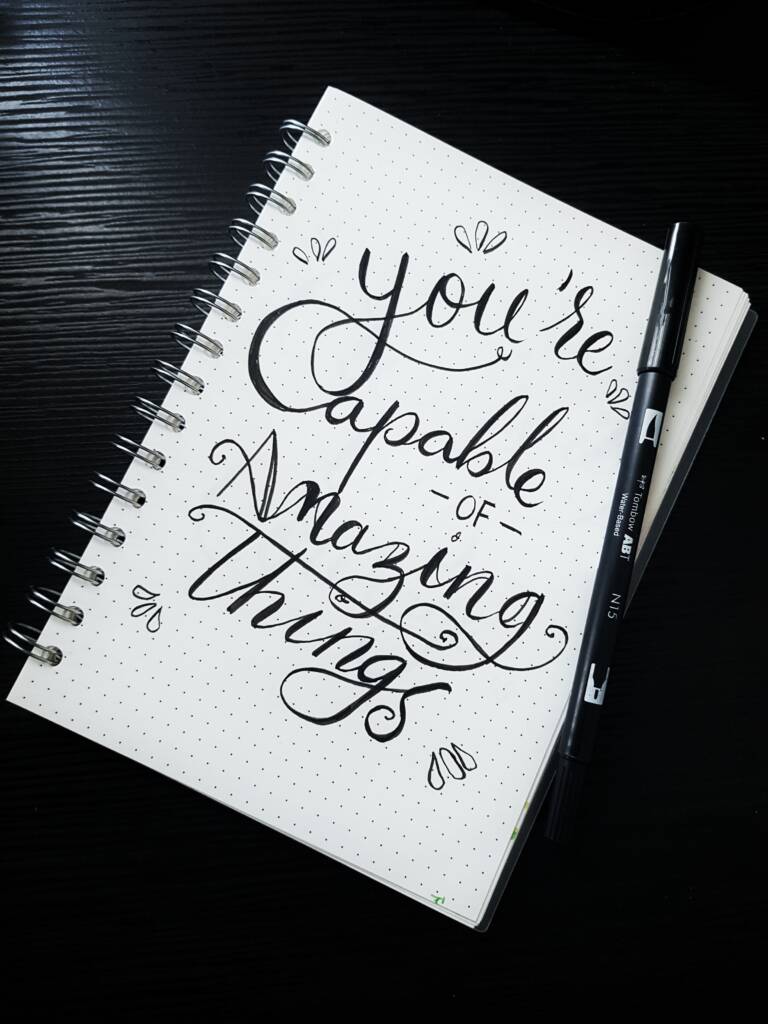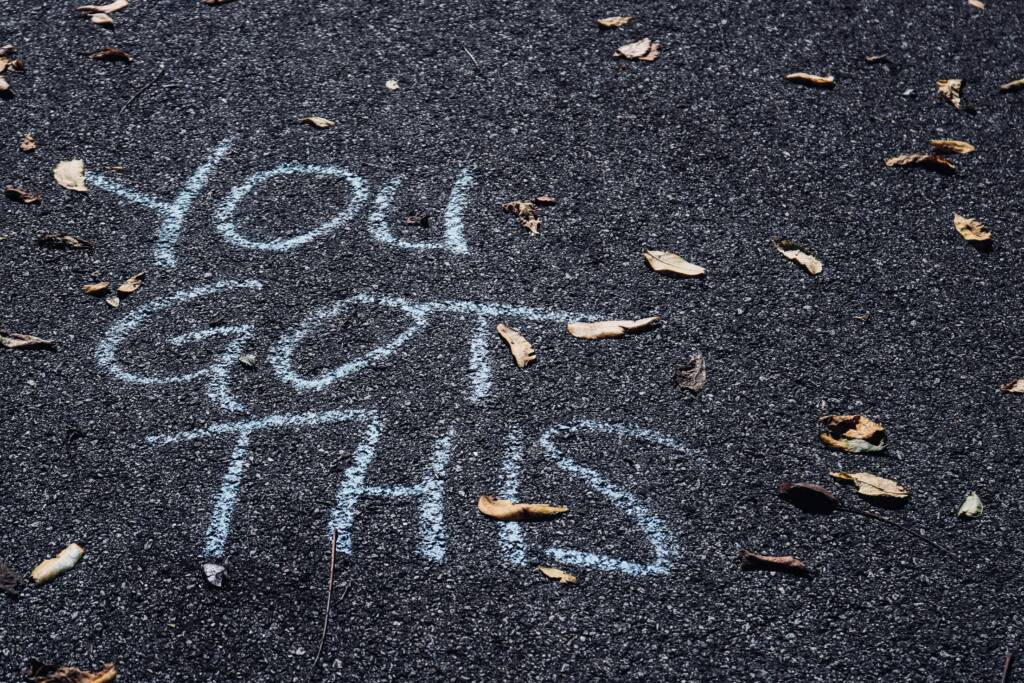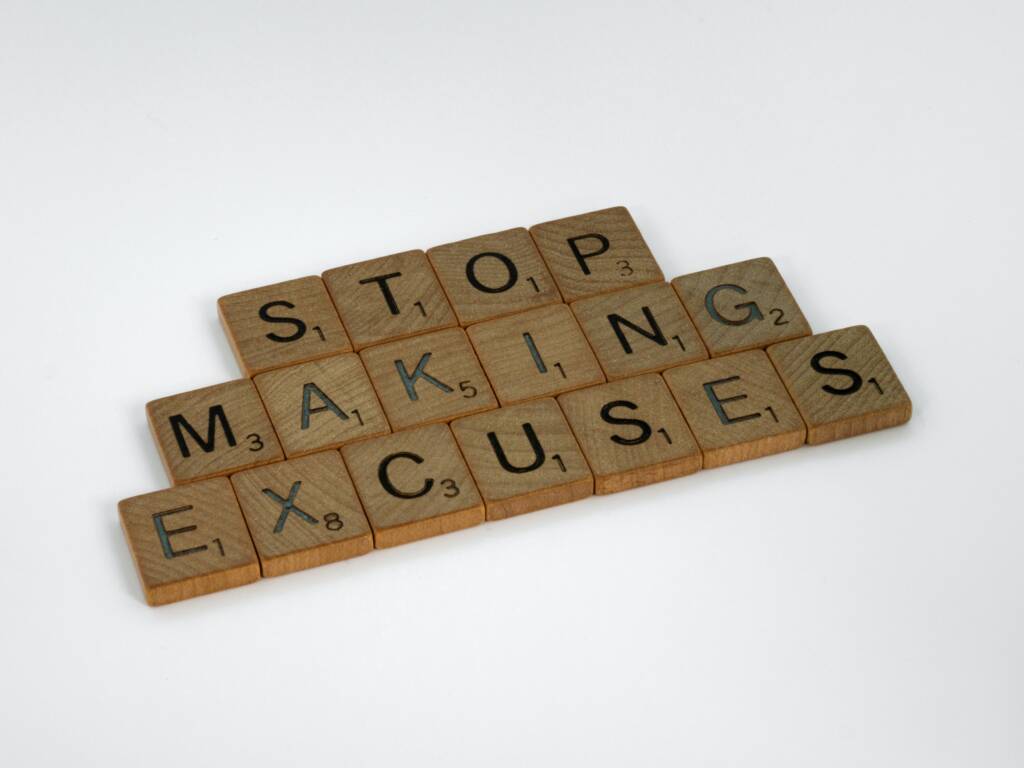
Much has been written about the need to train one’s body for a multi-stage race. The hours of running and hiking, the back-to-back sessions on tired legs, adequate nutrition and hydration, sleep, blister management – the list is extensive.
Indeed, much has been written about the need for ‘Mental Toughness’ in endurance events and elite sports, with a famous quote stating that ‘sport is ‘10% physical and 90% mental’.
Research carried out under the direction of Professor Peter Clough identified the four key components of Mental Toughness, called the 4 Cs – Confidence, Challenge, Control and Commitment.
So how can one harness these during a multi-stage event, to ensure a greater chance of success? Having completed races in The Gobi Desert (250km in 7 days) and South Island New Zealand (330km in 7 days), I’ve reflected at length about how I could improve my mental toughness for future events.

Confidence
First up is confidence. This is the belief in your own abilities, and also the ability to feel confident about what you do and don’t
know. It can, of course, lead to over-confidence and over-extending, but generally it will be the self-esteem that comes with inner confidence. I know what I’m capable of. Those with lower self-confidence may be wracked with doubt that they can finish, or may seek external validation of their ability, something which may well be a hindrance if this is not available at certain points during the race.
In an endurance event, this would likely play out as someone who believes they have the ability to take on and finish the event. They may feel that they have trained sufficiently, and have built up a base of fitness and endurance that leads them to believe they will succeed. They may have signed up for such events in the past, and also have the interpersonal confidence to reach out and connect with others, asking questions that help them to manage their own expectations. This self-confidence leads them to feel they are able to ‘have a go’.
Where I felt this worked for me was my training schedule. Ensuring that I’d had sufficient time on feet, including back-to-back days training on tired legs, and having completed at least one 100km race before signing up. Whilst these aren’t essential, it certainly helped me to feel that I was able to go the distance, and have a greater chance of success.
We all have areas where we have lower or higher mental toughness, and this was the one that I knew would be a challenge for me. The self-confidence, and managing the inner voice questioning whether I would succeed would always be the part that required most management. Trying to replicate the race in training gave me the ability to say ‘you’ve done this before’ (or something close to it, at least).

Challenge
Challenge can be looked at in terms of the ability to face something head-on. For some, this can be the desire to try something new, step out of one’s comfort zone, or take the risk that things may not work out as they had planned, but still being of the mindset to see this as an opportunity. For those with a low tolerance to challenge, this may be perceived as too risky, or the thought of being uncomfortable is too much for them. They may have less desire to experience new things and step into the unknown. They may also be unable or unwilling to see it as a path to further self-discovery.
A multi-stage event in itself may be seen as the ultimate challenge. Something that many people would not even consider, or consider a step too far. It could also be viewed as ‘Nothing ventured, nothing gained’. For those that handle challenge well, they will feel comfortable in taking this risk, knowing that they will learn valuable lessons about both risk management and their personal approach to challenge along the way. Consider the people who run many different races. They know that there may be a risk that they may not finish, but they are willing to learn from that and try again next time, with new insights and understanding.
This was possibly the easiest part for me. I love a challenge and having BHAGs (Big Hairy Audacious Goals). Taking on a multi-stage event appeals to my sense of ridiculous, and also being able to say ‘I did it’.

Control
Control looks at two areas specifically, life control and emotional control. Those with a high degree of control feel that to a large extent, they can shape the world around them. They are able to influence and manage their emotions such that they develop a ‘can-do’ attitude. They approach life with the understanding that they have an element of control over their decisions and that life doesn’t just happen to them. There is an element of direction, and a positive mindset about what they take on, as opposed to having the ability. It could be seen as the willingness to learn a new skill.
In the realm of endurance sport, this can-do attitude is likely to be a key driver when things aren’t going their way. Whether it’s tiredness, an unexpected minor injury, the breakdown of a key piece of kit, or a change to the race schedule, all of these can potentially derail a competitor at a crucial stage of the race. By developing their ability to control, the racer is able to contain their emotions, such that an outburst that could overwhelm them is minimised or eliminated (emotional control) enabling them to think calmly about a solution (life control). They are more likely to take responsibility for finding a reason why, as opposed to a reason why not.
This part was a definite wild-card for me. I was lucky in that nothing broke or got lost, and I remained relatively blister-free in the Gobi. New Zealand was another story. On day 4, when removing plasters, more skin than I was comfortable losing also detached from my toe, leaving nowhere to apply a new plaster. I was tired, so simply went to the medical tent and let them do their work. Where this went really downhill was later that day when I was unable to remove my sock as it had stuck to my toe, and had a total melt-down, complete with ugly crying.
What was manageable tiredness had become unmanageable, and so my emotional control was lost briefly. The key learning here is to manage my rest better. Self-care enables better control.

Commitment
Commitment could also be described as tenacity, perseverance and determination. It shows up in individuals who are goal focused and who, once those goals have been set, are committed to seeing them through. Those with low commitment may see the goal as too difficult, be worried about failure, perceived or otherwise, or who may become distracted by other goals along the way.
In the case of a multi-stage event, commitment plays out in a number of ways, starting with your ‘why’. In the middle of the night, when you’re tired and sore, the day’s events have taken their toll on your emotions and you can only think of a nice warm bed if you were to quit now, commitment is the ‘C’ that will keep you in the game.
For many athletes it’s the thought of achieving something they didn’t think possible. For the elites, it’s often about winning the race or achieving their personal best. For others, it’s about the charity they are raising money for, or family members they are racing for. Whatever it is, remembering your why when things get tough is often the thing that will keep you moving forwards.
This is where my stubbornness and also not wanting to let others down was a key driver. I didn’t want to fail, and having signed up, was determined that I would get to the finish line. I’d had a few DNF’s (Did Not Finish) over the years and they sat badly with me. I also remembered that I have chosen to do this, and that element of choice makes it so much easier to stick with it.
A training plan that identifies areas for development using the above markers, and incorporates small, incremental actions has a much greater chance of leading to a successful race.
For more details, or to discuss how a Mental Toughness assessment may help your next race, please get in touch.

